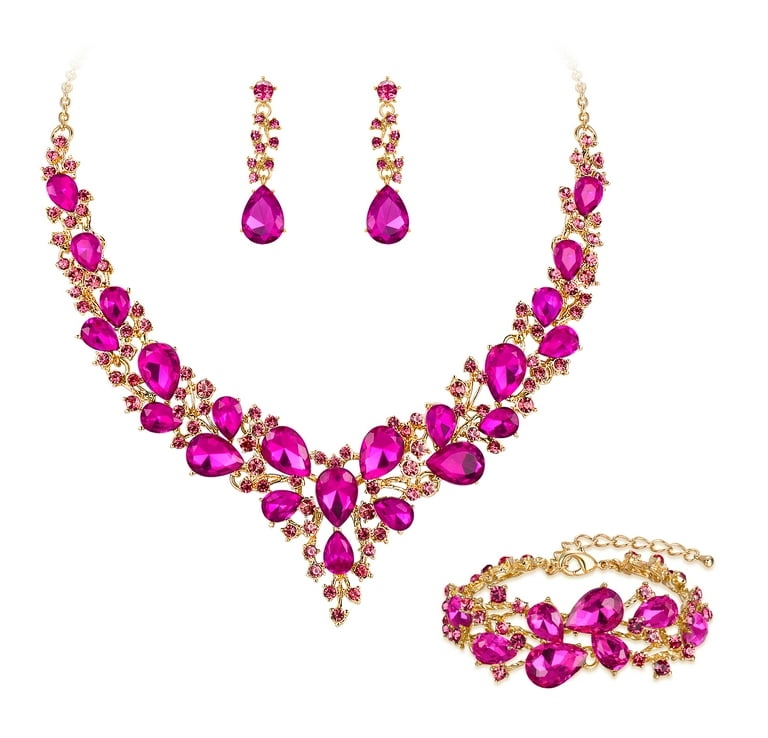
Jewelry Companies in Malawi
Malawi, known as “The Warm Heart of Africa,” is rich in culture, tradition, and natural beauty, including gemstones and minerals that contribute to its jewelry industry. Although the jewelry market in Malawi is not as developed as in larger countries, several companies and artisans contribute significantly to the sector. Here’s an overview of the jewelry scene in Malawi.
1. Overview of Malawi’s Jewelry Industry
Malawi is home to various gemstones, such as garnets, tourmaline, and rubies, which are used in jewelry. The industry primarily revolves around small-scale and artisanal mining, with much of the material exported. However, local jewelry makers are gaining traction in creating value-added products for domestic and international markets.
2. Key Jewelry Companies in Malawi
While the jewelry industry in Malawi is not dominated by large corporations, several companies and initiatives stand out:
Nyasa Mining Cooperative: This cooperative supports small-scale miners in Malawi, helping them find markets for their gemstones. Some of the gems are sold locally and transformed into jewelry by local artisans.
Lake of Stars Gemstones: A boutique company specializing in sourcing and polishing Malawi’s gemstones, Lake of Stars Gemstones collaborates with local jewelers to create unique, high-quality pieces.
Urban African Jewelry: A growing brand in Malawi, Urban African Jewelry combines local gemstones with modern designs. They primarily focus on necklaces, bracelets, and earrings made with traditional African motifs.
Ethical Mining Initiatives: Several organizations focus on promoting ethical gemstone mining, ensuring that jewelry production supports sustainable practices. These initiatives often involve training local artisans to craft jewelry from locally sourced materials.
3. Artisan and Traditional Jewelers
In addition to formal companies, Malawi is home to numerous small-scale jewelry artisans who craft pieces using indigenous techniques and materials. Traditional jewelry often incorporates beads, animal motifs, and natural elements, reflecting Malawian culture. Markets in cities like Lilongwe and Blantyre feature these handmade pieces, which are popular among tourists and locals.
4. Export and Global Reach
The export of raw gemstones remains a significant part of Malawi’s jewelry economy. However, the government and private sector are working to increase the value chain by encouraging local production of finished jewelry. This effort includes training programs and collaborations with international designers to promote Malawian gemstones.
5. Challenges in the Industry
The jewelry sector in Malawi faces challenges such as limited access to advanced tools, lack of skilled labor, and competition from imported jewelry. Furthermore, illegal mining and trade practices can undermine the sustainability of the industry. However, there is growing interest in promoting ethical practices and supporting local artisans.
6. Future Prospects
The Malawian jewelry industry has significant potential for growth. Efforts to formalize the sector, promote ethical mining, and develop artisanal skills can lead to an increase in locally produced jewelry. Collaborations with international markets and designers can also elevate Malawi’s presence in the global jewelry industry.
Conclusion
Malawi’s jewelry industry is small but vibrant, with a strong focus on gemstones and artisanal craftsmanship. The country’s rich natural resources and cultural heritage provide a solid foundation for growth. With increased support for ethical practices and local production, Malawi’s jewelry sector can become a key contributor to the nation’s economy and a source of pride for its people.



Leave a Reply